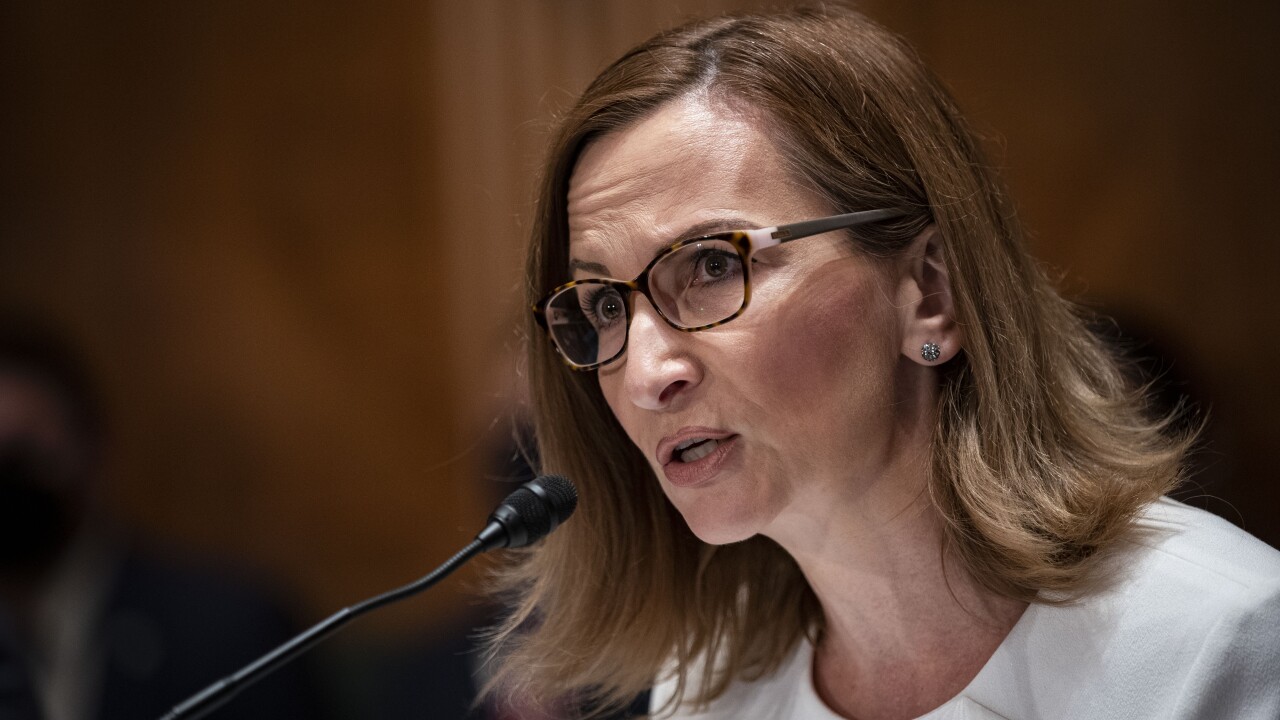Headlines:
Rise in Phishing Slowed Last Month
The rise of phishing attacks seems to have leveled off.
The number of incidents - occasions in which an e-mail was sent to many people inviting them to visit a phony bank Web site - totaled 13,141 in February, only 2% more than in January, the Anti-Phishing Working Group reported last week. The monthly average since last July had been 26%.
Similarly, the number of Web sites identified as hosting one or more fake bank Web pages grew only 2% in February, to 2,625. And the average life span of a phishing site shrank to 5.7 days, from 5.8 in January and 6.4 in October.
Sixty-four bank and online retailer brand names were used in February phishing scams - the same number as in January, though some new names have replaced old ones as criminals attempt to reel in new victims.
Financial services companies continue to represent the lion's share of phishing attacks, though other industries are being attacked more often. In February, 78% of the phishing e-mails the group monitored used the names of financial services firms, down from 80% in January and 86% in December.
The Redwood City, Calif., group also said a variant of phishing called "pharming" has become more common. In pharming, an e-mail purporting to be from a known organization carries a computer virus that can infect a victim's computer.
The report describes two kinds of viruses transmitted through such attacks. One sends the victim who types in a legitimate domain name to a bogus site. (In standard phishing attacks, the impostor site uses a variation on a bank's actual name.)
The other records keystrokes - what the victim typed when logging on to an online banking site, for example - and then transmits the information to a criminal, who can later use the data to access the account.
CU Clears In-House Checks by Imaging
Union Square Federal Credit Union of Wichita Falls, Tex., has been archiving checks as digital records since 1994, but Check 21 spurred it to take the next step - clearing some of them through imaging.
The $189 million-asset credit union now clears its "on us" checks - the roughly 4,000 a day written against Union Square accounts and presented to it for payment or deposit - through imaging.
"We were already moving in that direction," said Joe Mannion, its information technology manager. "Check 21 just added fuel to the fire."
The 28,000-members credit union is not yet clearing checks with other institutions through image transmission, Mr. Mannion said. "We are set up to do that, because all of our checks are already imaged," he said, but "there hasn't been a call for it yet."
Checks written against accounts elsewhere are delivered to Southwest Corporate Federal Credit Union of Dallas for clearing and scanning. Southwest sends back DVDs with the digitized images for storage.
Business Imaging Systems Inc. of Edmond, Okla., helped Union Square set up its system. "We've developed basically an optical department that scans all of our documentation, and it scans the checks as well," Mr. Mannion said.
Tellers convert their daily work - not only checks but receipts, adding machine tickets, and other documents - into image files at scanning stations at the back counter of each branch.
"I haven't done comparisons to see what the savings are," Mr. Mannion said, but "we were having to rent a warehouse" to store documents. In image form, 10 years of data can fit on a stack of DVDs, he noted, "and it's still readily available."






